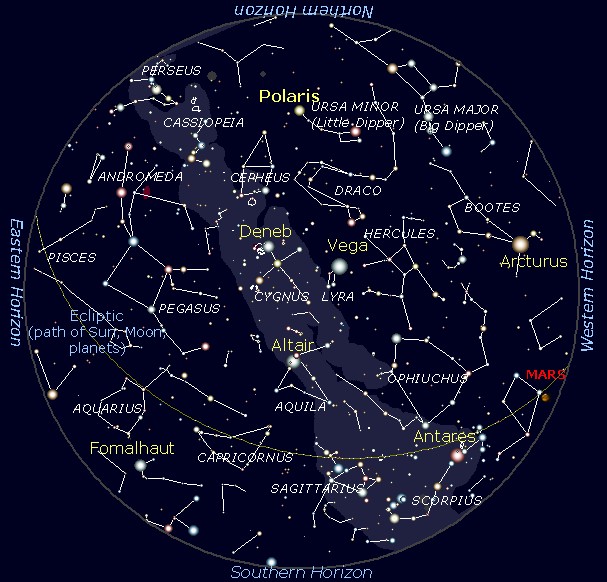
Copyright by Paul Derrick. Permission is granted for free electronic distribution as long as this paragraph is included. For permission to publish in any other form, please contact the author at paulderrickwaco@aol.com.
NOTE: With the Aug. 24, 2012, column, my Stargazer column is being retired. Having just turned 72 years of age, and after 22 1/2 years of writing 587 columns, I've enjoyed about all I have the energy to handle. I truly hope you've enjoyed Stargazer and will continue to visit this website for its other features. And note, with the exception of 1993-1997, previous Stargazer columns can be seen in the archives.
Regards, Paul
Aug. 24, 2012: September 2012
Aug. 10, 2012: Perseid Meteor Shower
July 27, 2012: August 2012
July 13, 2012: Star or Planet -- How Can You Tell?
June 22, 2012: July 2012
June 08, 2012: Stargazing in the Summer
May 25, 2012: June 2012
May 11, 2012: Transit of Venus
Apr. 27, 2012: May 2012
Apr. 13, 2012: Solar Eclipse Coming Our Way
Mar. 23, 2012: April 2012
Mar. 09, 2012: More Stargazing Below the Equator
Feb. 24, 2012: March 2012
Feb. 10, 2012: Stargazing Below the Equator
Jan. 27, 2012: February 2012
Jan. 13, 2012: 2012 Night Sky Highlights

|
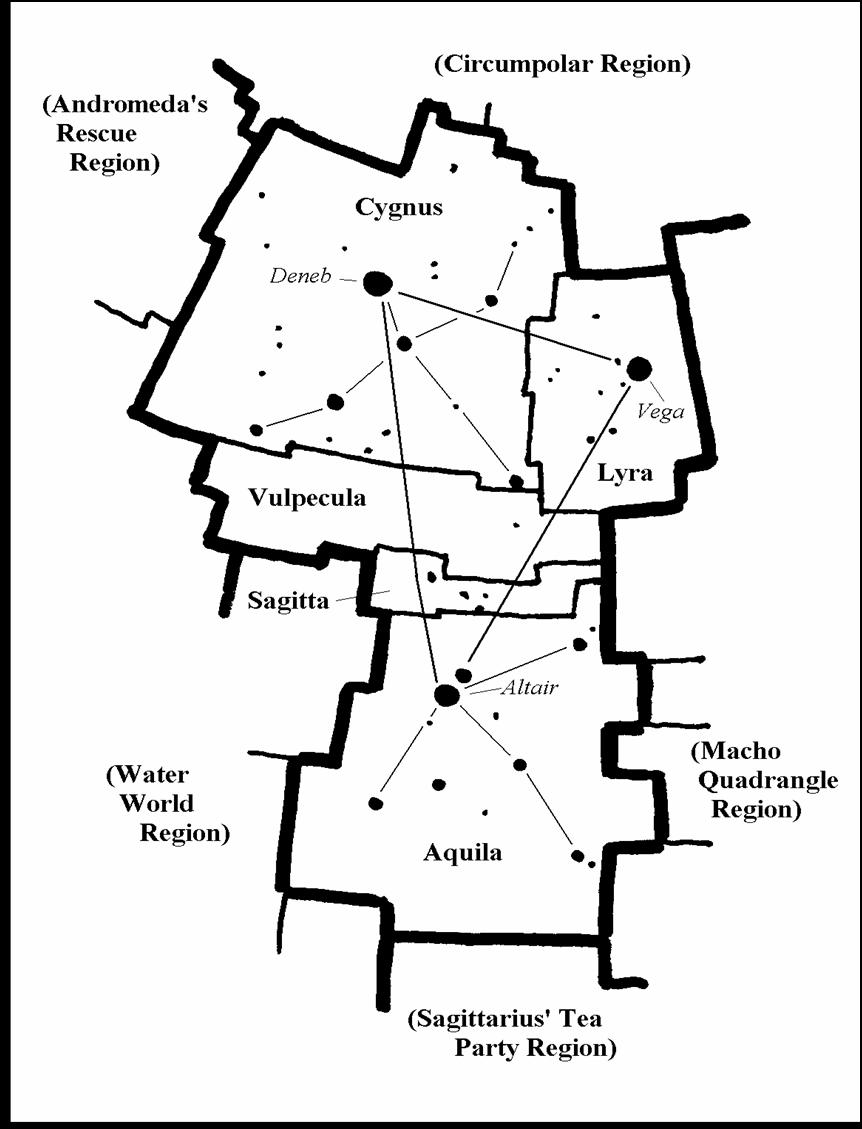
|
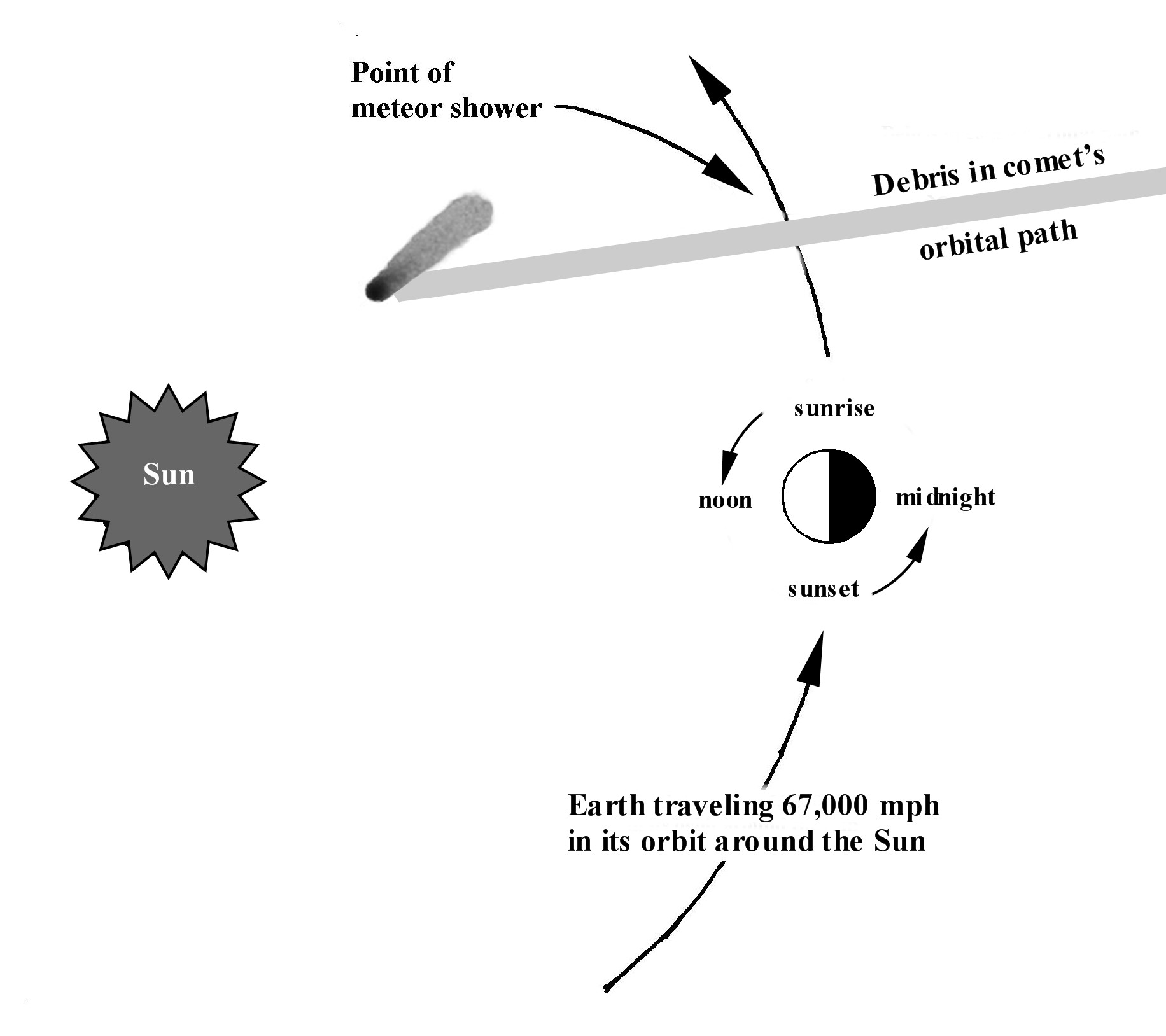
|
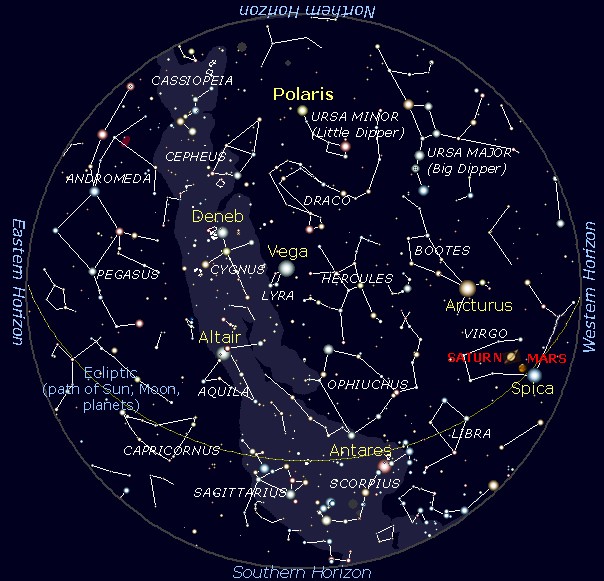
|
 |
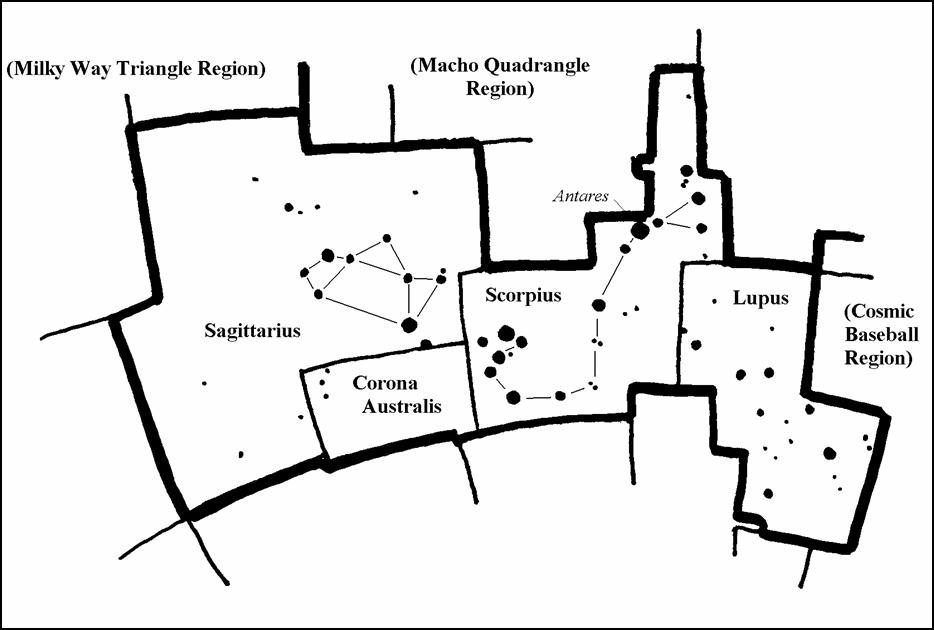
|
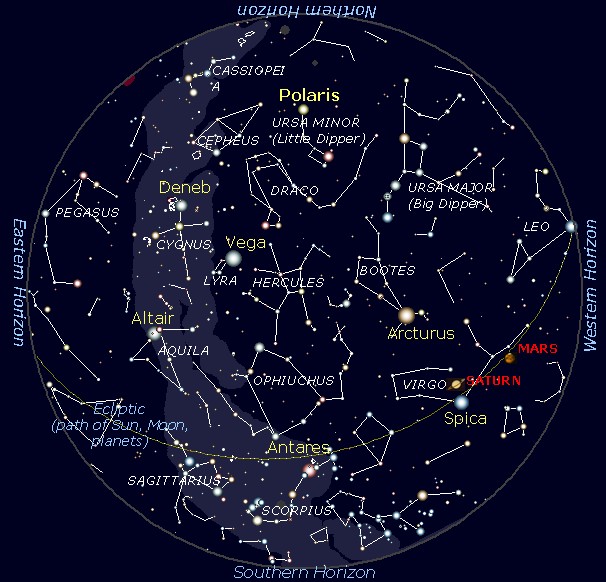
|

|

|
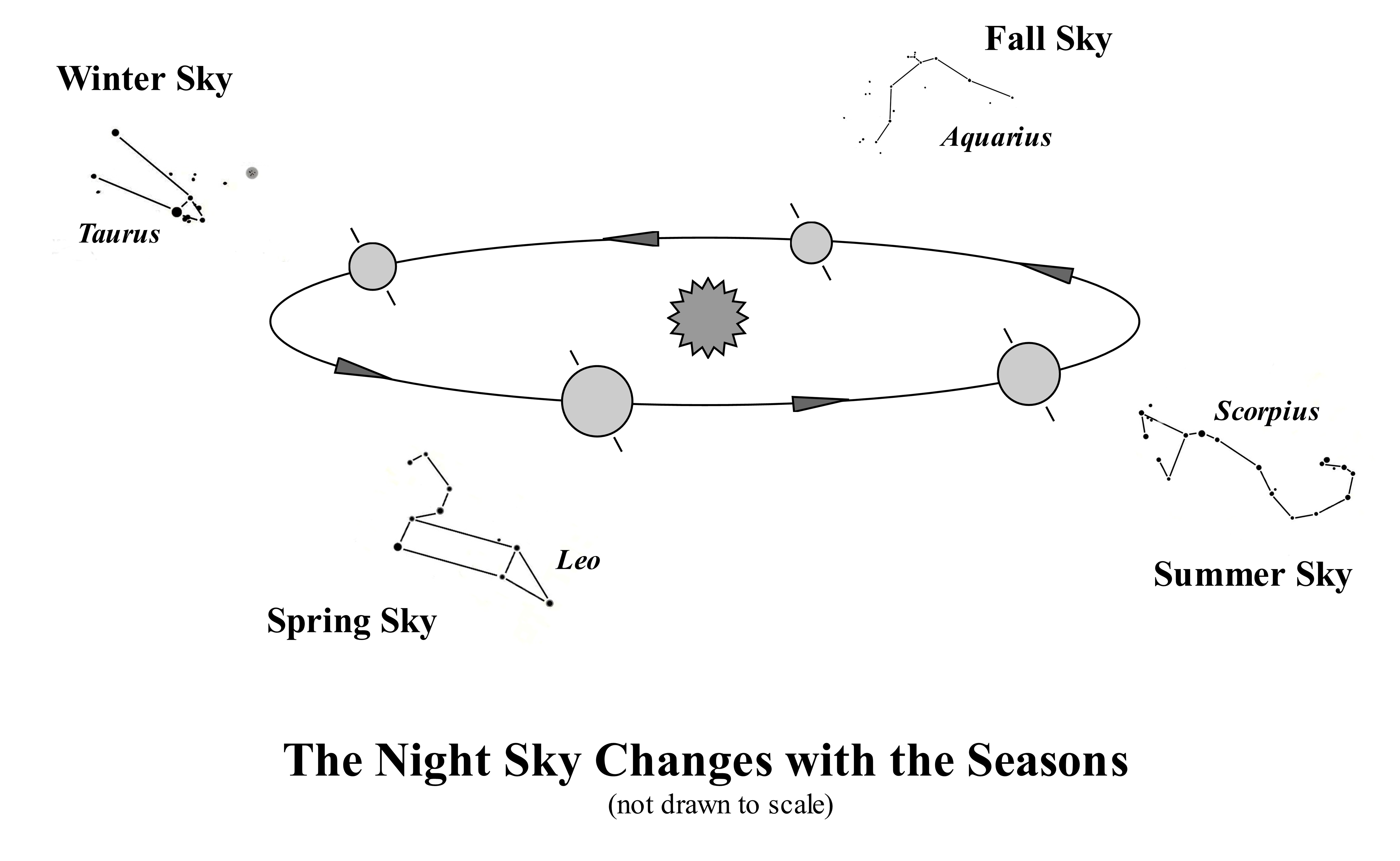
|
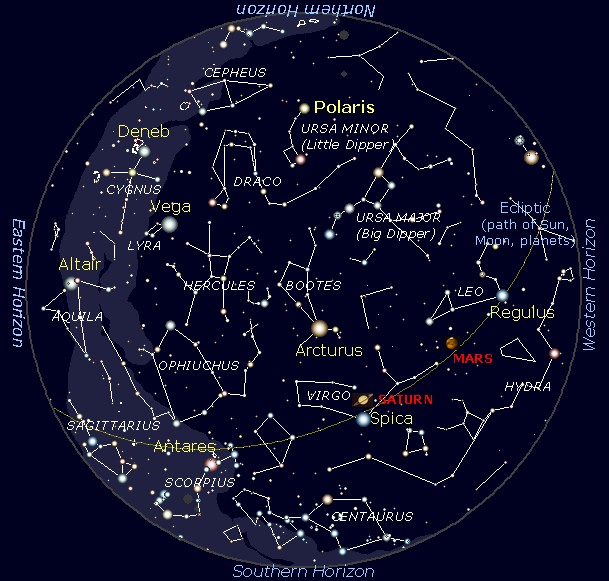
|
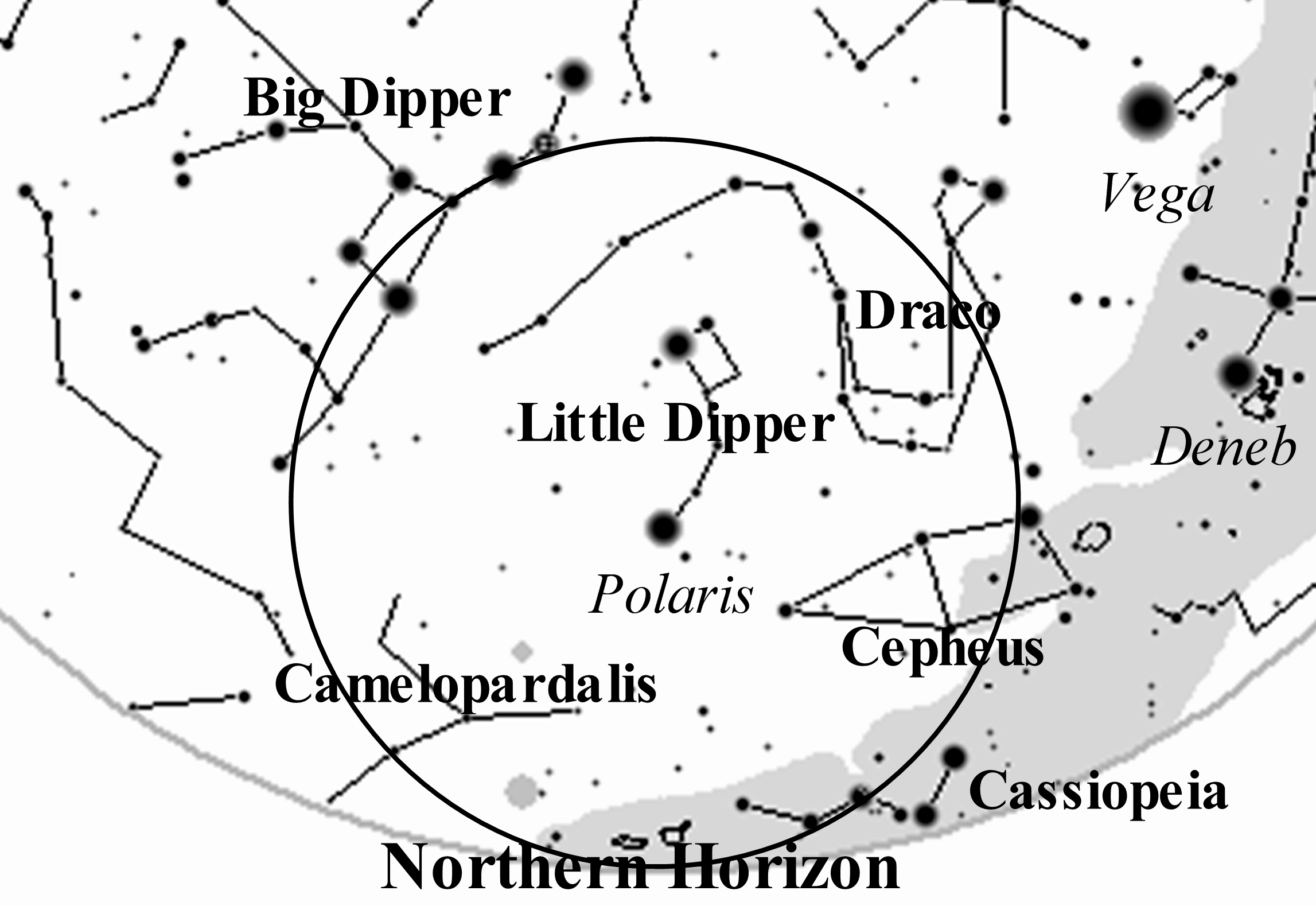 |

|
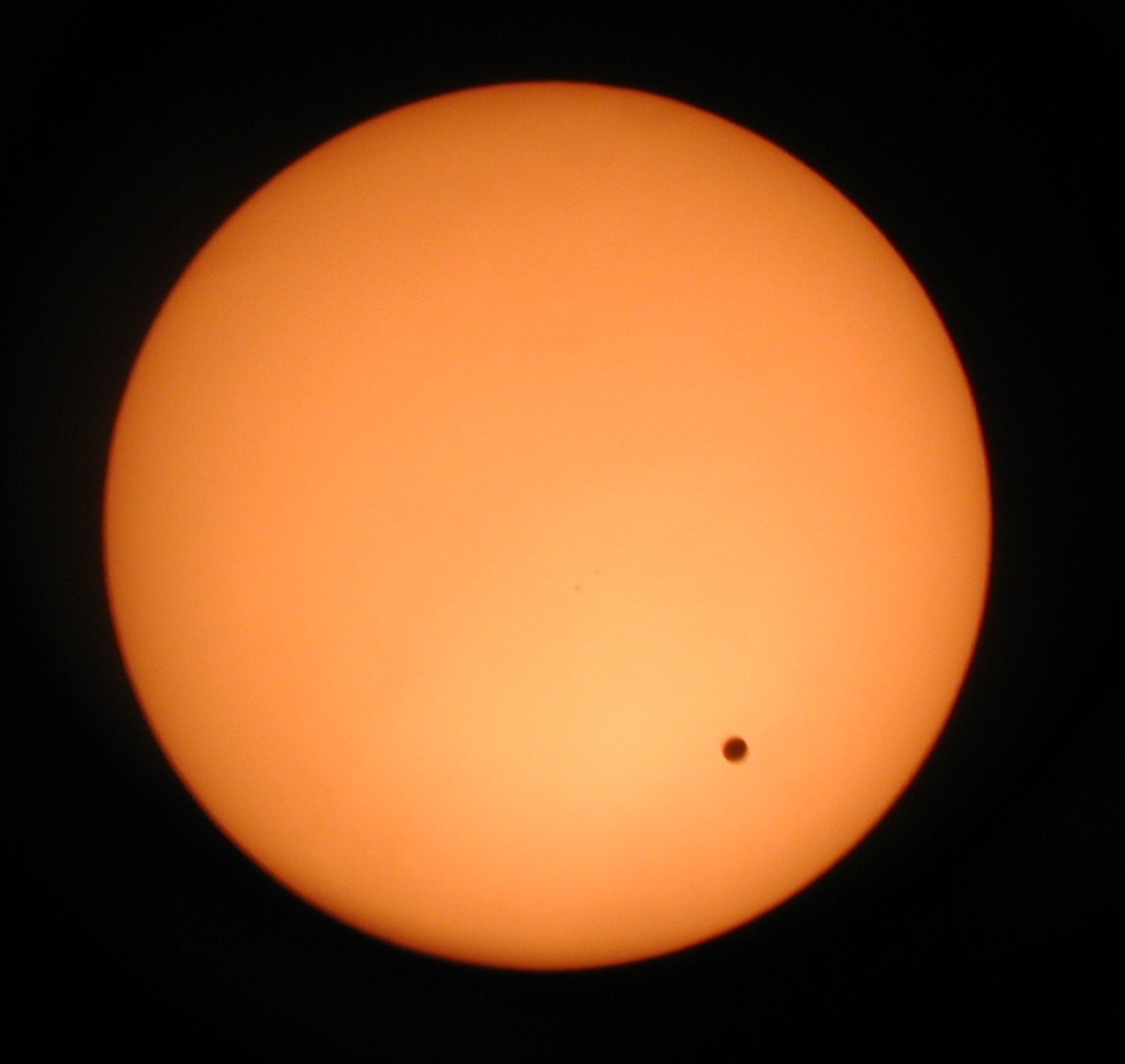
|
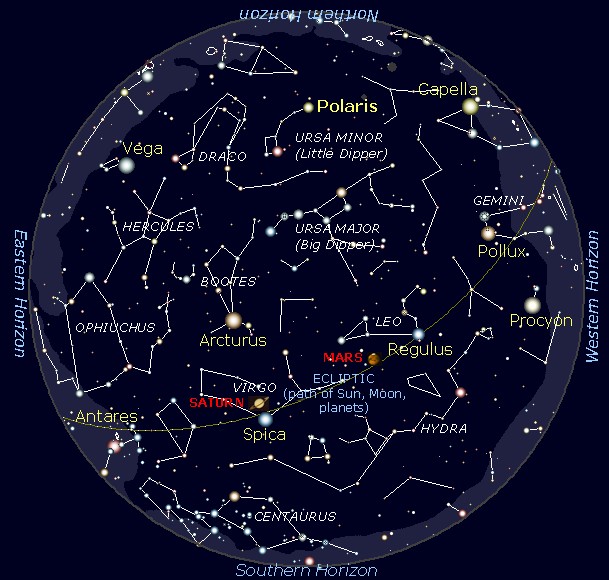
|
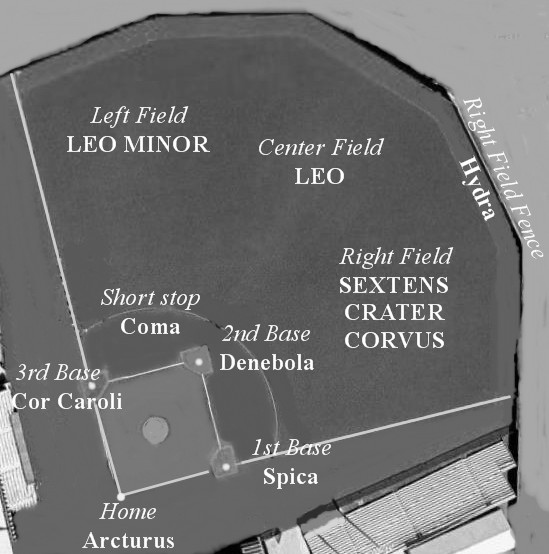 |
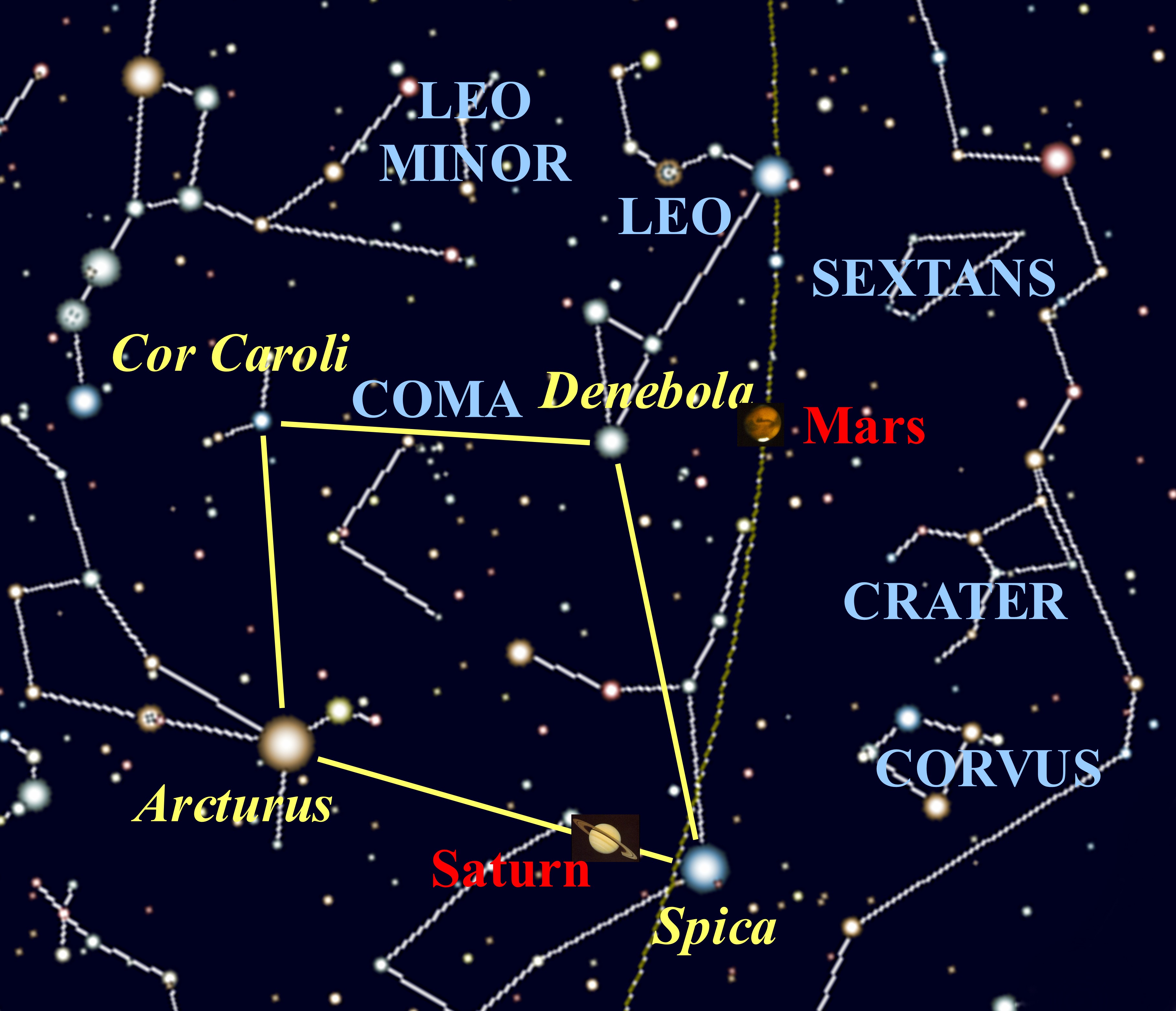 |
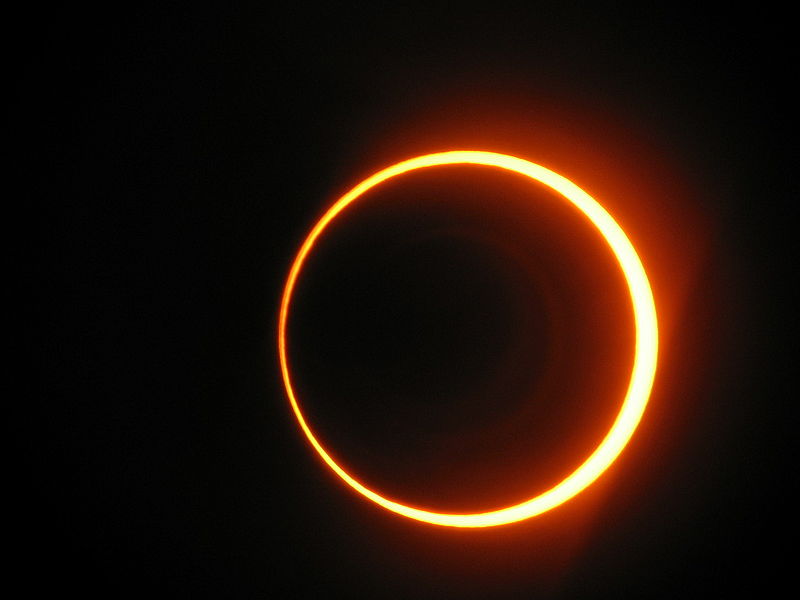
|

|

|
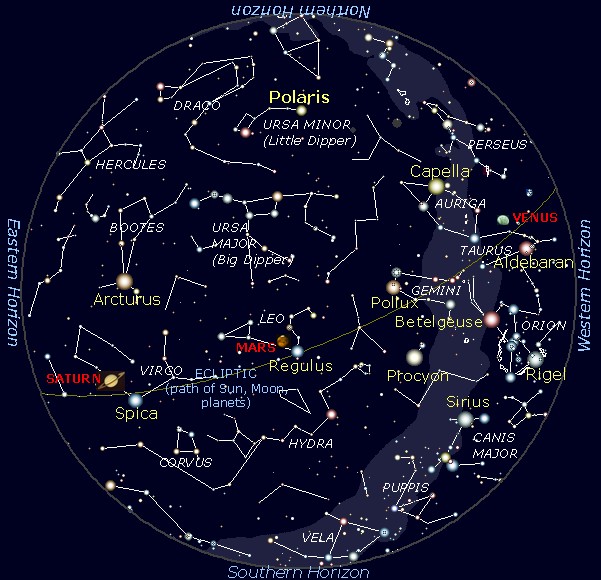
|
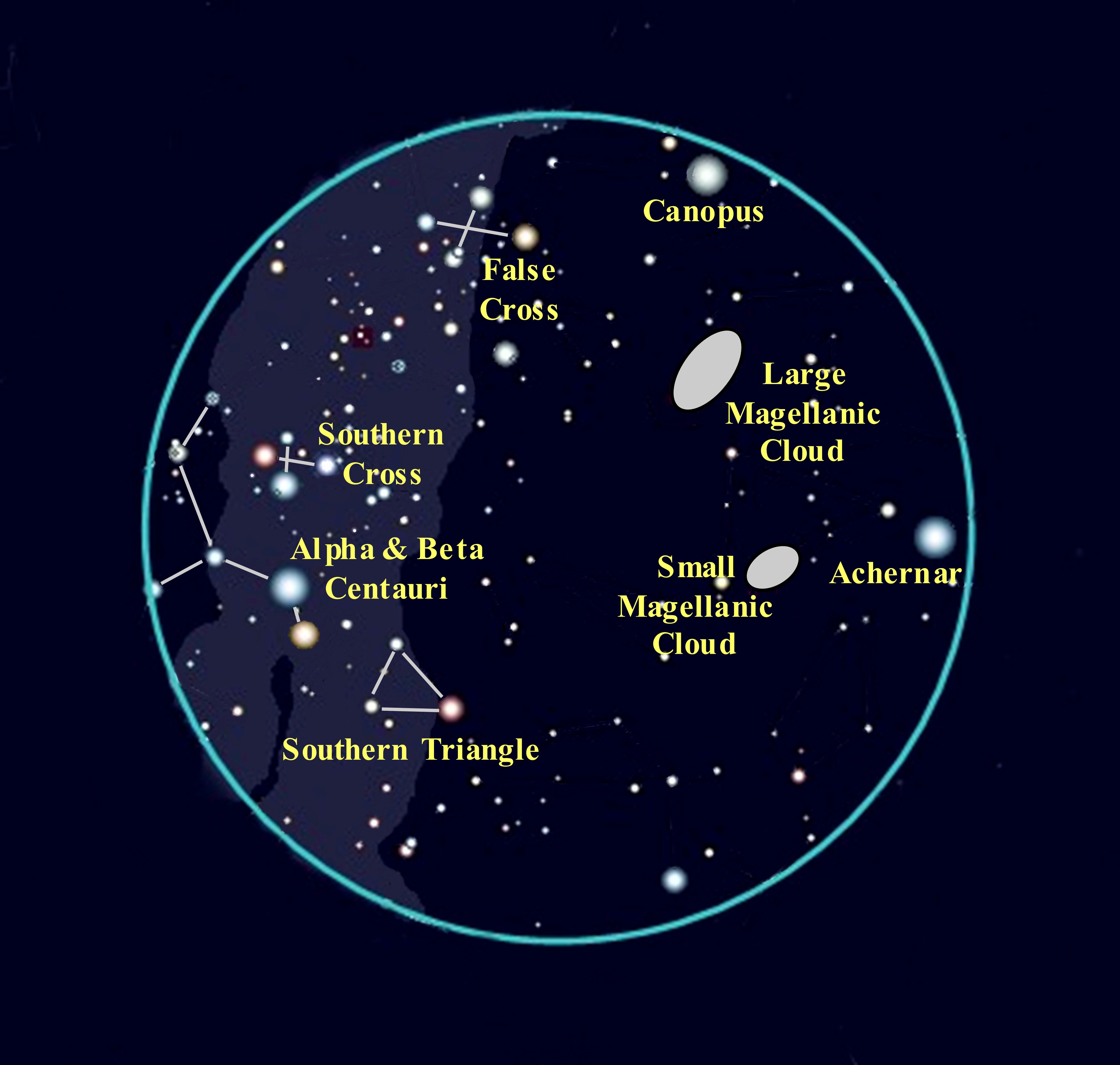
|
 edited.jpg)
|
 edited.jpg)
|
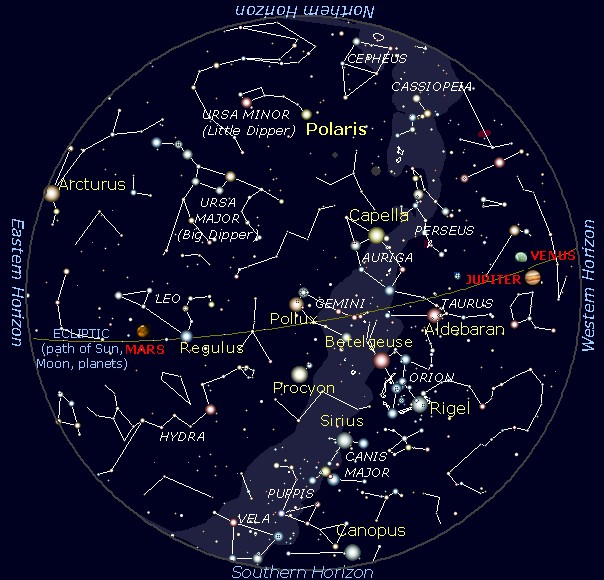
|
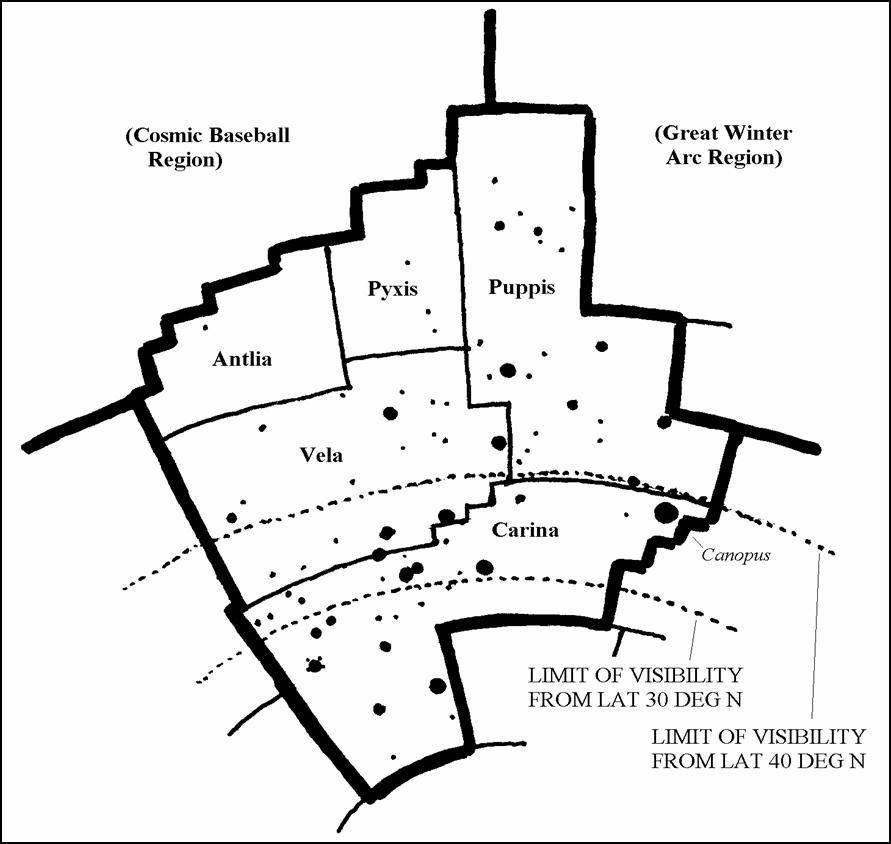
|

|
 edited.jpg)
|
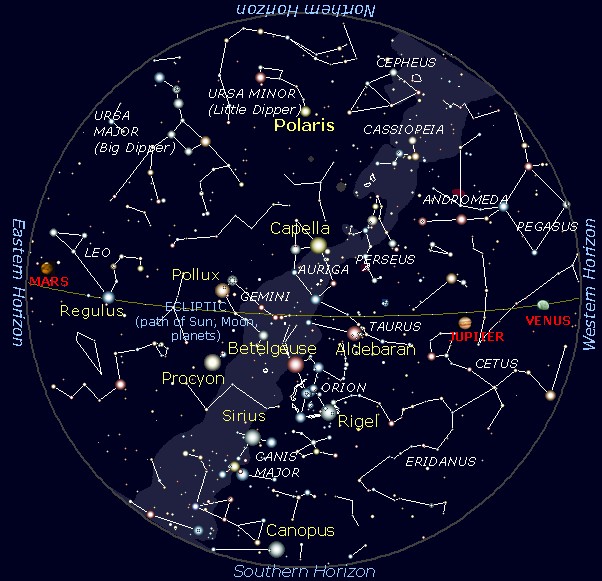
|
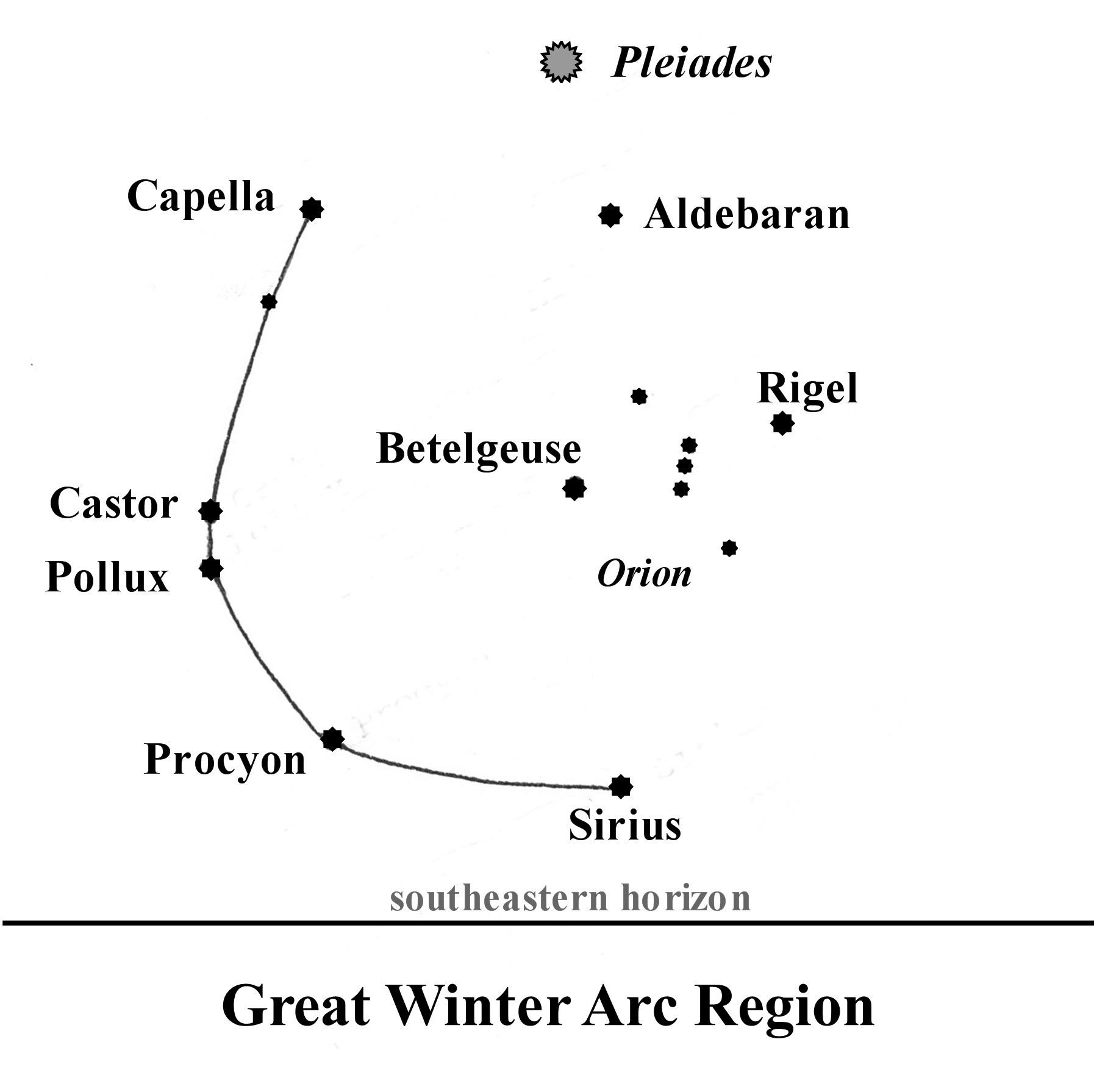
|
 |
 |
 |